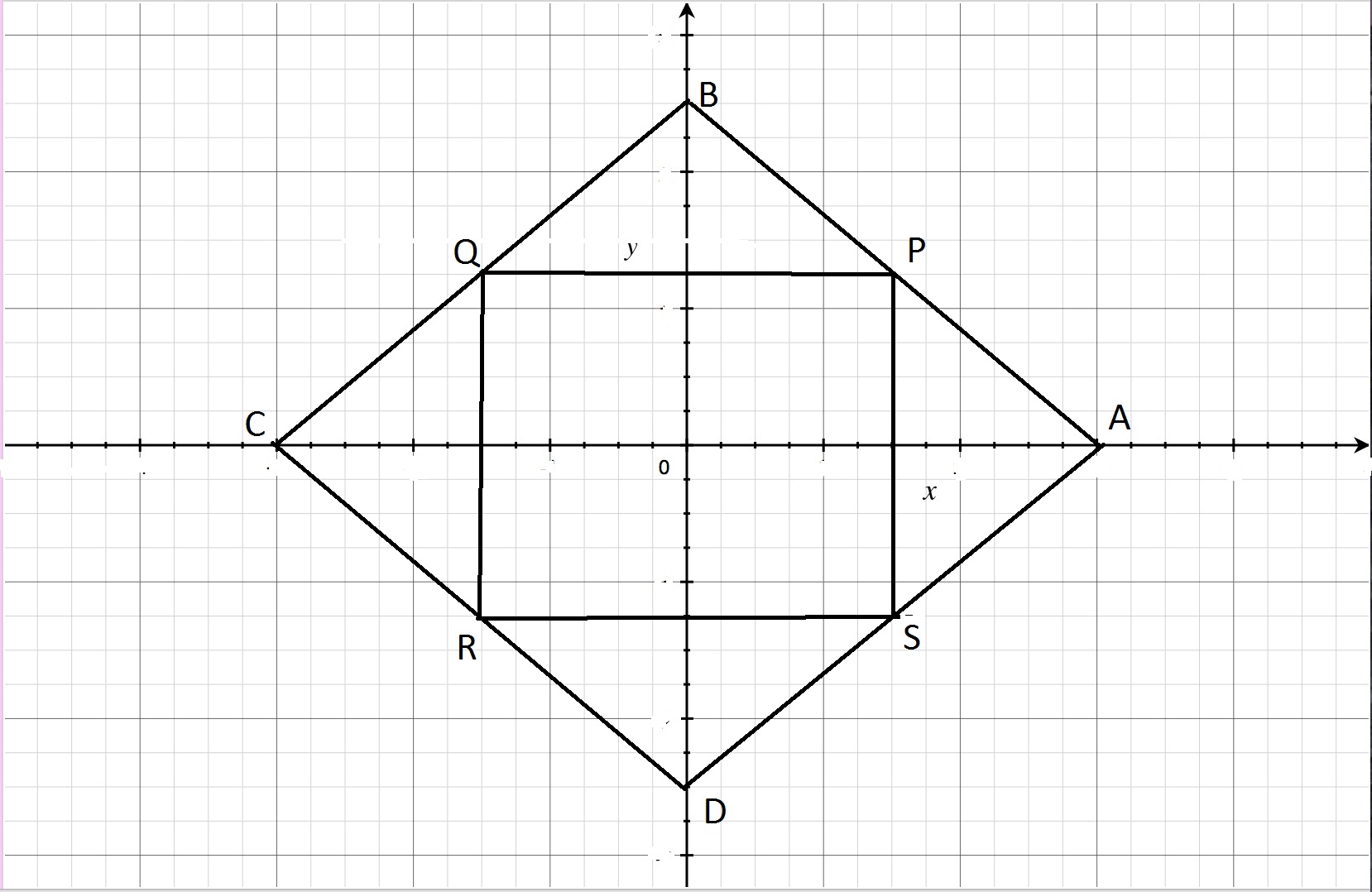The coordinates for a rhombus are given as (2a, 0) (0, 2b), (-2a, 0), and (0.-2b). How do you write a plan to prove that the midpoints of the sides of a rhombus determine a rectangle using coordinate geometry?
1 Answer
Jan 12, 2017
Please see below.
Explanation:
Let the points of rhombus be
Let midpoints of
It is apparent that while
Further,
Hence

